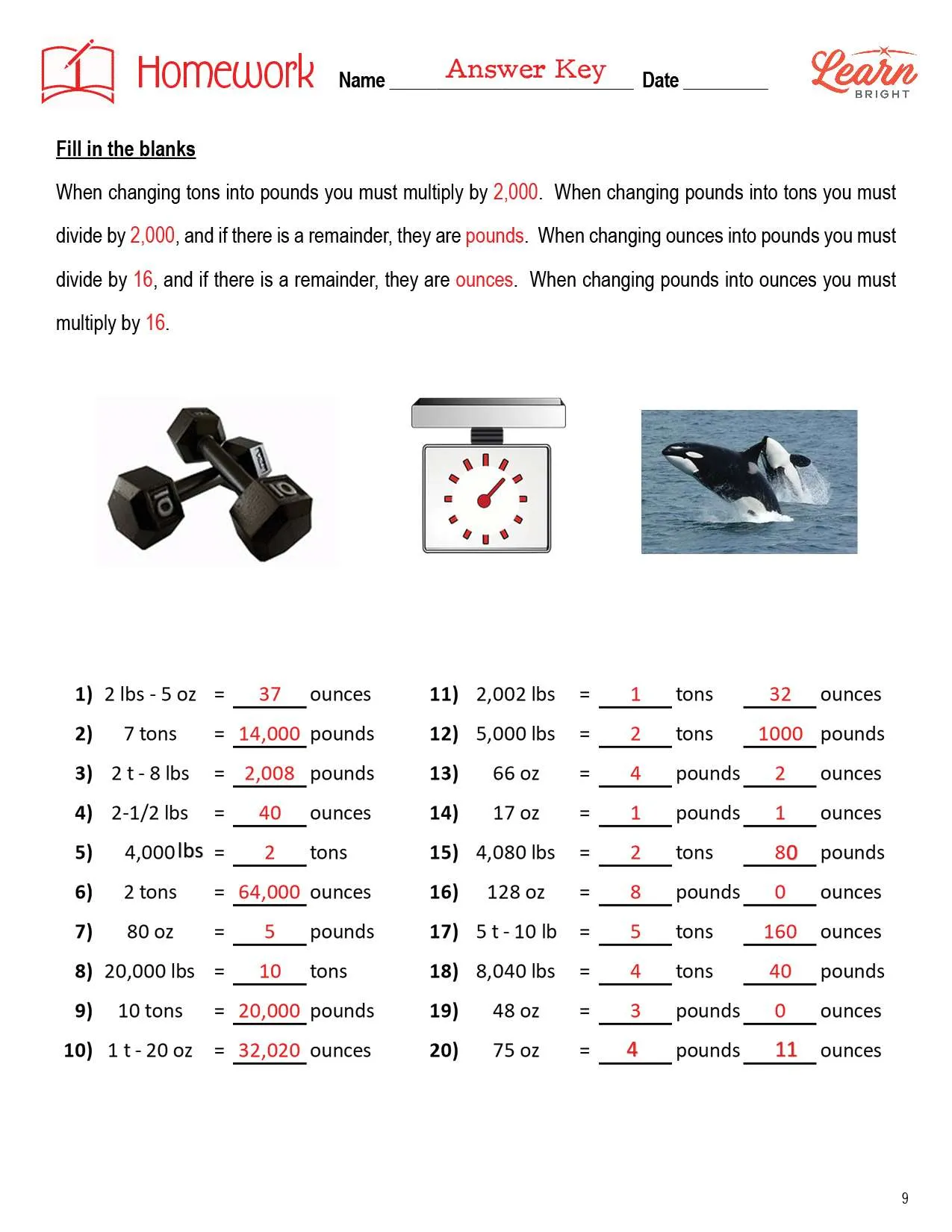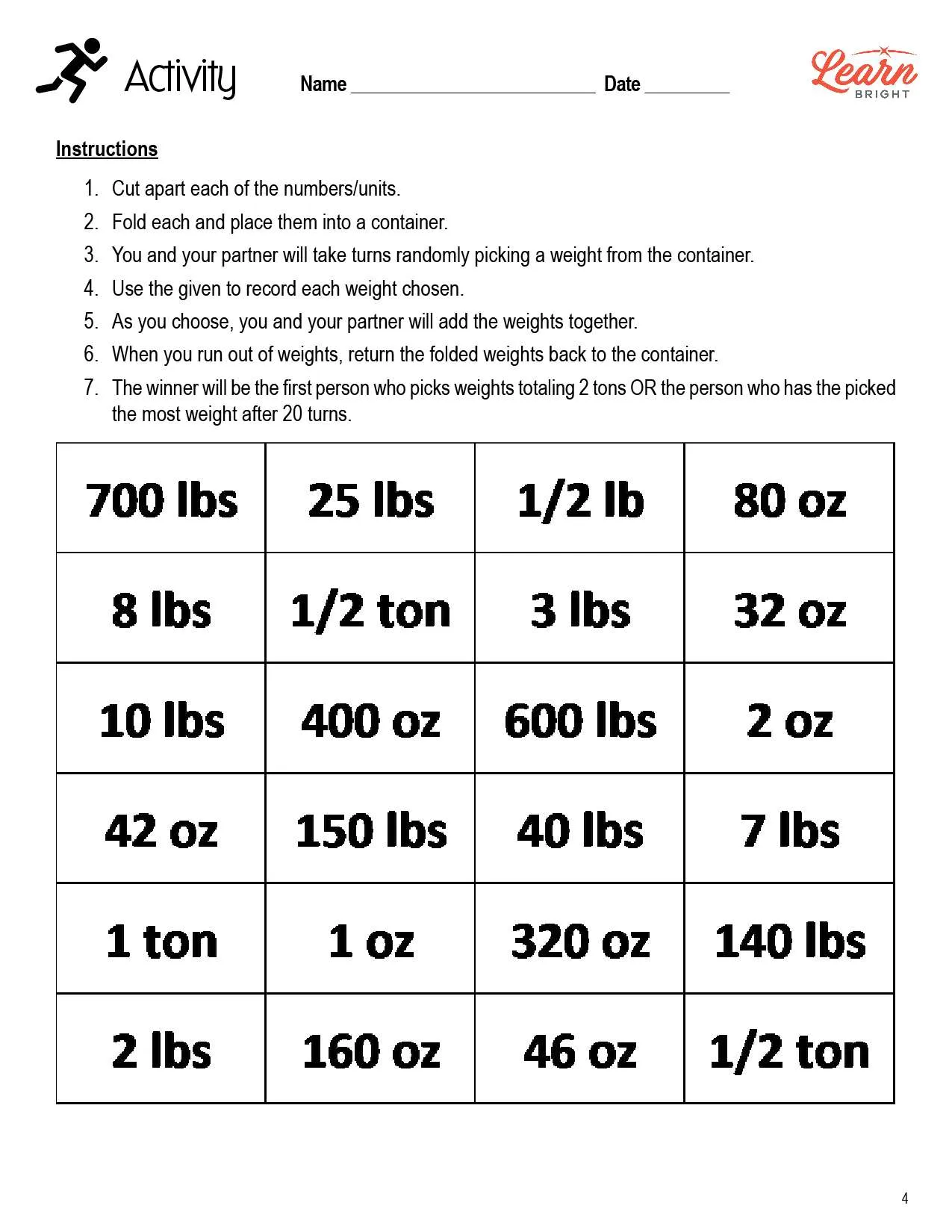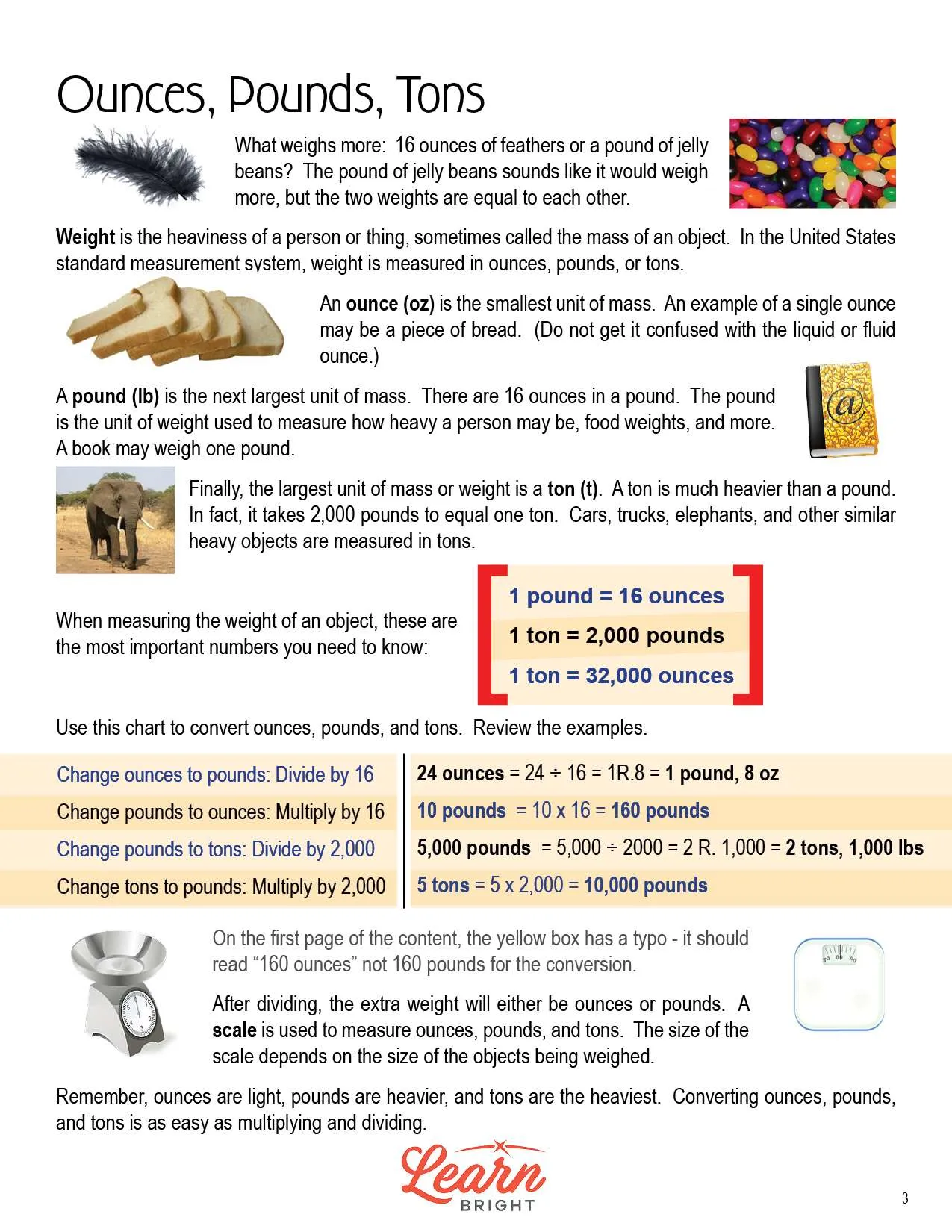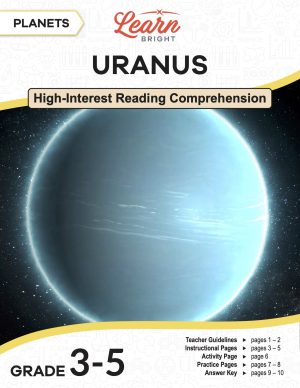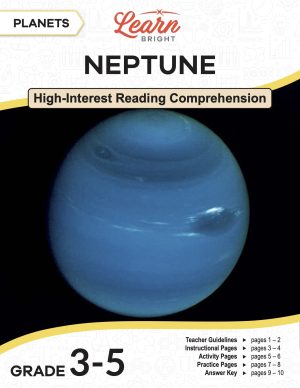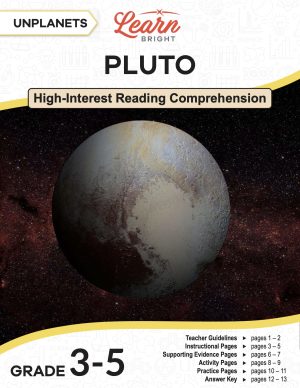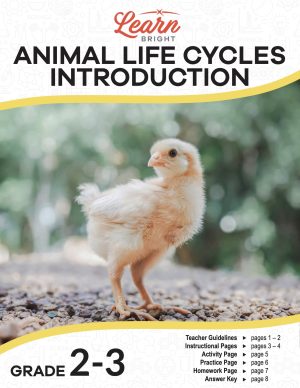Description
What our Ounces, Pounds, and Tons lesson plan includes
Lesson Objectives and Overview: Ounces, Pounds, and Tons applies the concepts of measuring the mass/weight of objects to ounces, pounds, and tons. At the end of this lesson, students will be able to identify and measure the mass/weight of objects using ounces, pounds, and tons. This lesson is for students in 3rd grade and 4th grade.
Classroom Procedure
Every lesson plan provides you with a classroom procedure page that outlines a step-by-step guide to follow. You do not have to follow the guide exactly. The guide helps you organize the lesson and details when to hand out worksheets. It also lists information in the blue box that you might find useful. You will find the lesson objectives, state standards, and number of class sessions the lesson should take to complete in this area. In addition, it describes the supplies you will need as well as what and how you need to prepare beforehand.
Options for Lesson
Included with this lesson is an “Options for Lesson” section that lists a number of suggestions for activities to add to the lesson or substitutions for the ones already in the lesson. One optional addition to this lesson is to schedule a visit to the local post office to see how it measures the weight of items, as well as learning how a post office operates. An optional adjustment to the activity is to adjust the winning weights or number of turns the students use for the game. You could also use additional weights for the activity. Finally, you could have your students exchange activity scoresheets with another pair of students to check calculation of conversions.
Teacher Notes
The teacher notes page includes a paragraph with additional guidelines and things to think about as you begin to plan your lesson. This page also includes lines that you can use to add your own notes as you’re preparing for this lesson.
OUNCES, POUNDS, AND TONS LESSON PLAN CONTENT PAGES
Ounces, Pounds, and Tons
The Ounces, Pounds, and Tons lesson plan includes one content page. What weighs more: 16 ounces of feathers or a pound of jelly beans? It sounds like the pound of jelly beans would weigh more, but the two weights are actually equal.
Weight is the heaviness of something, which we sometimes also call the mass. In the United States, weight is measured in ounces, pounds, or tons.
Ounces (oz) are the smallest unit of mass. A slice of bread weighs about an ounce. These ounces are different from liquid or fluid ounces.
Pounds (lb) are the next largest unit of mass. A pound is 16 ounces. We measure people, foods, and more in pounds. A book might weight about one pound.
Tons (t) are the largest unit of mass. Tons are much heavier than pounds—one ton equals 2,000 pounds. We measure things like cars, trucks, elephants, and other heavy objects in tons.
When measuring an object’s weight, remember the following conversions: 1 pound equals 16 ounces, 1 ton equals 2,000 pounds, and 1 ton equals 32,000 ounces.
The lesson includes a helpful chart that shows how to convert between ounces, pounds, and tons with examples. To convert ounces to pounds, you divide by 16. To convert pounds to ounces, you multiply by 16. Next, to convert pounds to tons, you divide by 2,000. Finally, to convert tons to pounds, you multiply by 2,000.
We use scales to measure ounces, pounds, and tons. The size of the scale depends on the size of the object you’re measuring.
Remember that ounces are light, pounds are heavier, and tons are the heaviest. It’s easy to convert between ounces, pounds, and tons. All you need to do is multiply or divide!
OUNCES, POUNDS, AND TONS LESSON PLAN WORKSHEETS
The Ounces, Pounds, and Tons lesson plan includes three worksheets: an activity worksheet, a practice worksheet, and a homework assignment. You can refer to the guide on the classroom procedure page to determine when to hand out each worksheet.
ADDING WEIGHTS ACTIVITY WORKSHEET
Students will work with a partner to complete the activity worksheet. Each pair will first cut out the numbers and units printed on the worksheet, fold them, and put them into a container. They will then take turns drawing pieces of paper from the container, recording each on the provided worksheet. Each pair will add the weights on each piece of paper together as they go. When they run out of weights, they will return the folded weights back to the container. The first person to who picks weights equaling two tons or the person who has the picked the most weight after 20 turns wins!
OUNCES, POUNDS, AND TONS PRACTICE WORKSHEET
For the practice worksheet, students will answer 20 questions about the lesson material, testing their understanding.
CONVERSION HOMEWORK ASSIGNMENT
The homework assignment first asks students to fill in the blanks in a paragraph with the correct terms from the lesson. They will also convert 20 weights into a different unit.
Worksheet Answer Keys
This lesson plan includes answer keys for the practice worksheet and the homework assignment. If you choose to administer the lesson pages to your students via PDF, you will need to save a new file that omits these pages. Otherwise, you can simply print out the applicable pages and keep these as reference for yourself when grading assignments.


